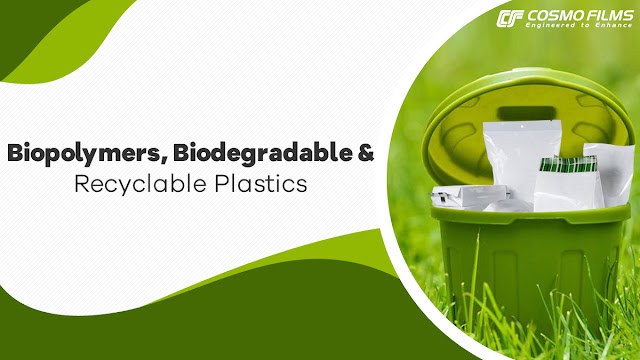From training manuals & IDs for staff to menu cards, coasters & even table mats, a paper has a variety of applications in the hospitality industry. But one of the major challenges in using regular paper here is the intense environment. Water or coffee spills, oily/dirty hands are so common in restaurants, hotels, or takeaways that it becomes impossible for it away from paper materials. This eventually leads to an enormous amount of paper consumption. But what if we can change that? Ever thought of using a paper that is resistant to tear, oil & moisture? Introducing Cosmo Synthetic Paper that is here to shift the trends in a sustainable & efficient way.
In this article, we are going to explore the major challenges faced by the hospitality industry in the use of paper and how Cosmo Synthetic Paper helps in overcoming those.
HOW ARE RESTAURANTS USING PAPER?
Hotels & restaurants rely on single-use, wood-pulp-based paper for menu cards, coasters & multiple other applications to get rid of damaged ones, replacing them with new copies. But is it wise to do so, especially when deforestation has now become a global concern? They often end up consuming tons of wood-based paper in a day due to its inefficiency against moisture or oil.
Many of them resort to lamination, comprising clarity and aesthetics. Menu cards are usually the first form of presentation to the customers before the main dish is served. Imagine presenting your customers a scratched or peeled menu card that gives them a hard time understanding. It is common for lamination to peel apart the paper due to rough handling, which is inevitable in restaurants.
COSMO SYNTHETIC PAPER – THE PERFECT SOLUTION
Cosmo Synthetic Paper (CSP) has been adapted by various restaurants & hotels as the perfect replacement for regular paper. Below are the key characteristics of CSP:
- It is resistant to tear, oil & moisture.
- You can wipe off the coffee/food stains without causing any damage to the paper.
- It is highly durable and has a long shelf life.
- It promotes reuse and is recyclable.
- It is 100% tree-free, made using synthetic substrates.
- It is compatible with multiple print technologies.
- It can be die-cut, hot foil stamped, perforated & folded.
- It does not require any additional lamination for protection against the external environment.
- It can withstand tough conditions.
OTHER APPLICATIONS OF COSMO SYNTHETIC PAPER
Other than the hospitality industry, Cosmo Synthetic Paper is widely used across print, publishing, advertising, retail & other industries for multiple purposes. Below are some of its most common applications:
- Mark sheets & Certificates in schools & universities
- Tags & labels for products in retail & manufacturing
- Books, bookmarks in publishing houses
- Government documents like birth/health certificates, ration cards
- IDs, visiting cards, folders and certificates for official use
CONCLUSION
It is time to make the switch to a sustainable & efficient solution—Cosmo Synthetic Paper. Produced by Cosmo Films, a global leader of specialty films, CSP is known for its durability & reliability amongst users.









